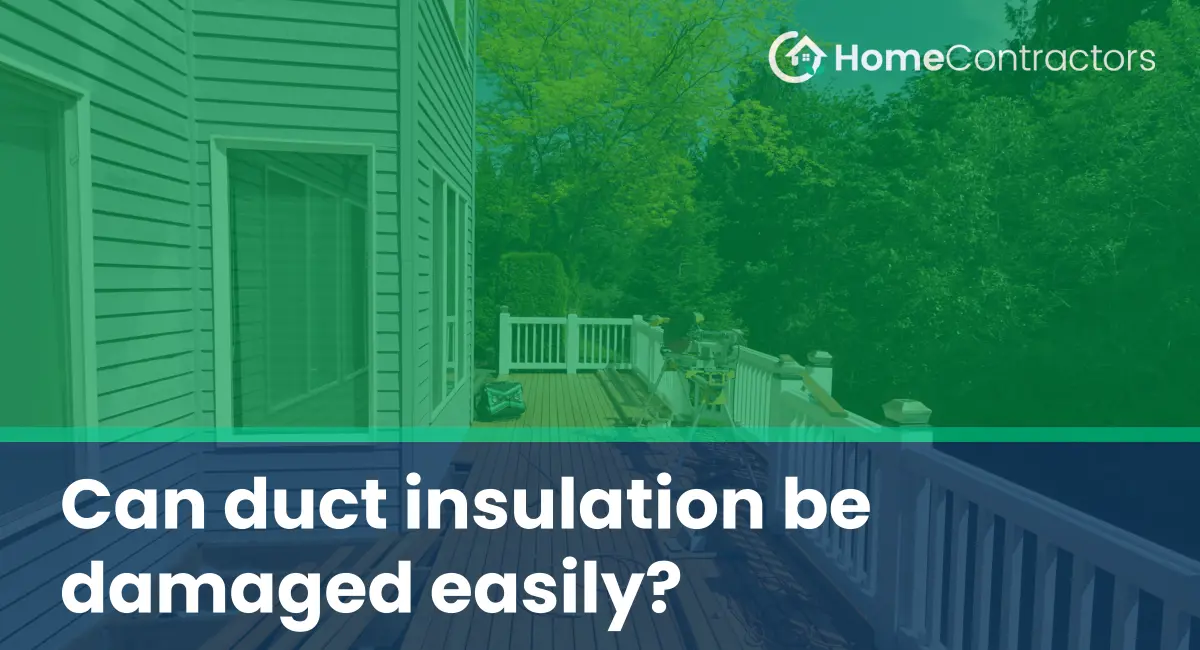Duct insulation plays a crucial role in maintaining energy efficiency and preventing condensation in HVAC systems. It is designed to minimize heat transfer, reduce noise transmission, and increase the overall performance of air ducts. However, like any other component of a heating or cooling system, duct insulation is susceptible to damage. This article explores common causes of duct insulation damage and provides insights on how to prevent and address such issues effectively.
Understanding the Importance of Duct Insulation
Before delving into the various ways duct insulation can be damaged, it is important to understand why it is so critical in HVAC systems. Duct insulation primarily serves three purposes:
- Thermal Insulation: Duct insulation helps to minimize heat loss or gain as air travels through the system. This promotes energy efficiency by reducing the load on the heating or cooling equipment, thereby decreasing utility costs.
- Condensation Prevention: Insulating ductwork helps prevent condensation from forming on the outer surface of the ducts. Condensation can lead to moisture damage, mold growth, and compromise indoor air quality.
- Noise Reduction: Properly insulated ducts help in dampening the noise generated by the airflow, creating a more comfortable and quiet indoor environment.
Common Causes of Duct Insulation Damage
- Physical Damage during Installation: One of the most common causes of duct insulation damage is improper installation. If insulation is not securely fastened or is compressed too tightly, it can lead to tears, gaps, or compression damage. Furthermore, if sharp objects such as screws, nails, or tools come into contact with the insulation, it can cause punctures or cuts.
- Moisture Infiltration: Ductwork is often located in areas where high humidity or moisture is present, such as basements, crawl spaces, or attics. If duct insulation is not properly sealed or becomes damaged, moisture can infiltrate the insulation material. Moist insulation loses its thermal effectiveness, promotes mold growth, and can deteriorate over time.
- Pest Infestation: Rodents, insects, and other pests can make their way into the ductwork and cause damage to the insulation. They may tear or chew the insulation material, reducing its functionality and potentially creating entry points for other pests. Pest infestation not only damages the insulation but can also introduce contaminants into the duct system.
- Wear and Tear: Over time, duct insulation can degrade due to natural wear and tear. Factors such as temperature fluctuations, vibrations, and air pressure changes can cause the insulation to become brittle, disintegrate, or lose its initial R-value. As a result, the insulation’s ability to provide proper thermal insulation and noise reduction may diminish.
Preventing and Addressing Duct Insulation Damage
- Proper Installation: To prevent damage during installation, it is crucial to ensure that duct insulation is correctly fastened, not compressed excessively, and protected from potential objects that could puncture or tear it. Professional installation by experienced contractors can help minimize the risk of damage.
- Regular Inspection and Maintenance: Regularly inspecting ductwork for signs of damage or wear is crucial. Look for visible tears, gaps, or compression in the insulation. Check for any signs of moisture infiltration, such as discoloration or sagging insulation. Identifying issues early allows for timely repairs and prevents further damage to the system.
- Sealing and Waterproofing: Properly sealing duct systems prevents moisture infiltration and potential damage to the insulation. Use approved duct sealants to close any gaps or joints. Additionally, consider waterproofing the insulation in areas prone to moisture, such as basements or crawl spaces, using insulation wraps or vapor barriers.
- Pest Control Measures: Regular pest control inspections and treatments can help prevent infestations in ductwork. Seal any potential entry points to deter pests from entering the system. If damage from pests is identified, it is essential to repair or replace the damaged insulation promptly.
- Replacement and Upgrade: If duct insulation has significantly deteriorated or is damaged beyond repair, it is advisable to replace it. Consider upgrading to newer, more efficient insulation materials, such as fiberglass or foam board, which offer improved thermal and acoustic insulation properties.
While duct insulation provides numerous benefits to HVAC systems, it is susceptible to damage. Proper installation, regular inspection, and maintenance are key to preventing and addressing potential issues. By understanding the common causes of duct insulation damage and implementing appropriate preventive measures, homeowners and building owners can ensure their HVAC systems perform optimally, maintain energy efficiency, and provide a comfortable indoor environment.
